© COPYRIGHT 2011-2025 Fertility Center and Applied Genetics of Florida. All Rights Reserved
The Tubal Ligation Reversal Method by Dr. Pabon is a true microsurgical procedure.
1. After sedation and general anesthesia by the anesthesiologist, the procedure will usually begin with Dr. Pabon making a small “bikini” incision about one inch above the pubic bone.
2. A small suture is placed on the top of the uterus that is used to elevate the womb so the fallopian tubes can be easily centered for the microscope view. Great care is taken to keep all tissues moist throughout the procedure.
3. Dr. Pabon identifies the fallopian tubes and determines where they are blocked. The scarred and blocked part of the tubes is then removed and small bleeding points are controlled using a micro-bipolar electrical instrument. The open tubes are checked for patency using a micro-lacrimal probe, saline or a special blue dye. This confirms that the tube is open to the womb and to the fimbrial end.

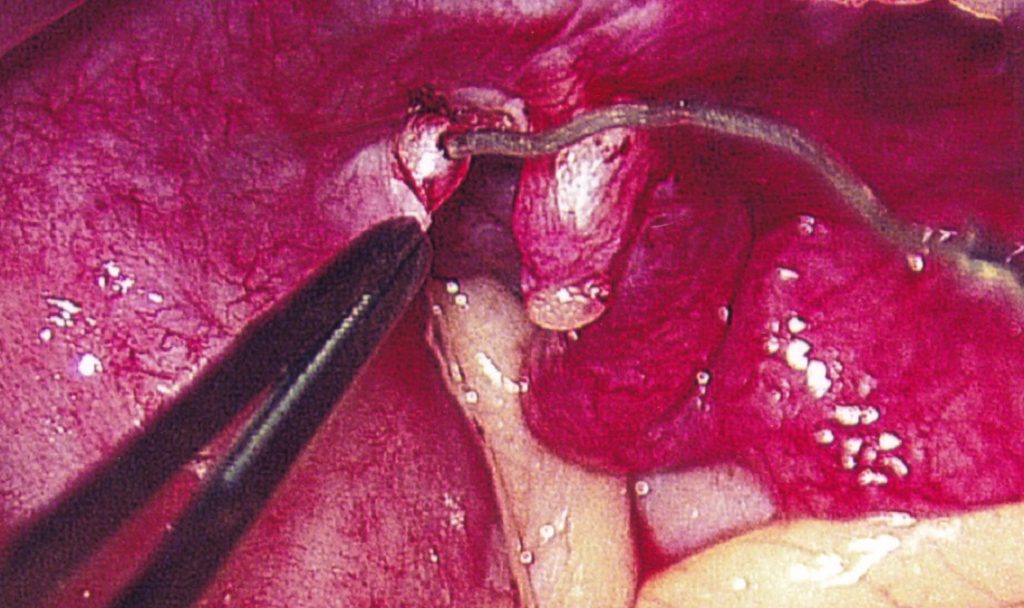


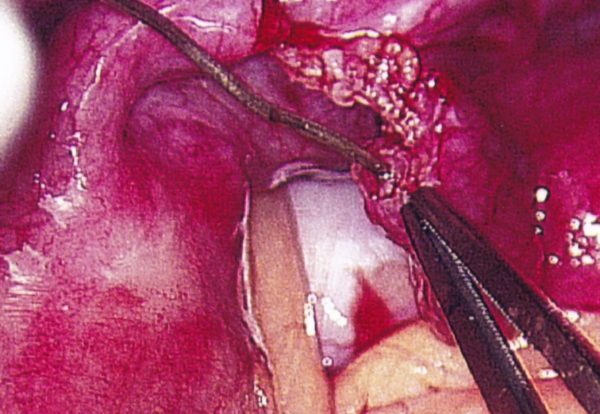


4. The open ends of the tube are then brought together with a suture that is the same size as is used to repair coronary arteries in the heart (6-0). This suture is placed just under the open ends in order to bring the open ends closer together and remove tension from the anastomosis. The lumen and muscle walls of the fallopian tube are brought together with four 8-0 or 9-0 sutures. This size of sutures are also used by eye surgeons.
5. Four or more 8-0 or 9-0 sutures are used in this inner layer depending on the size of the tube. Then 8-0 suture is used to bring together the outer layer of the anastomosis.
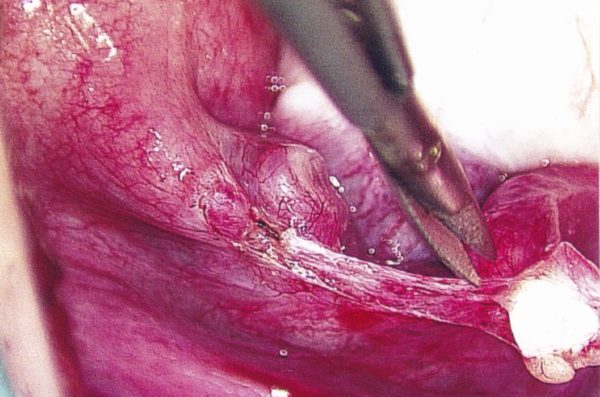
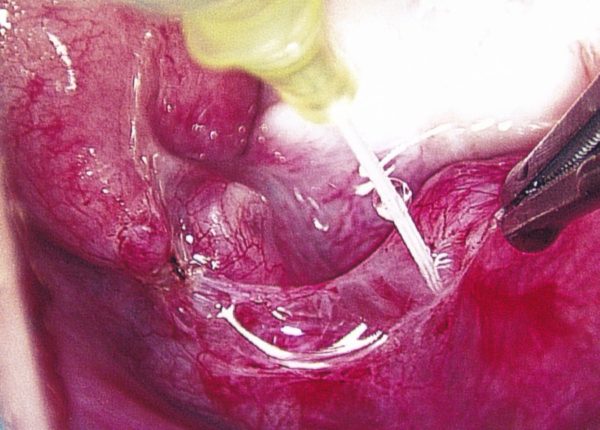

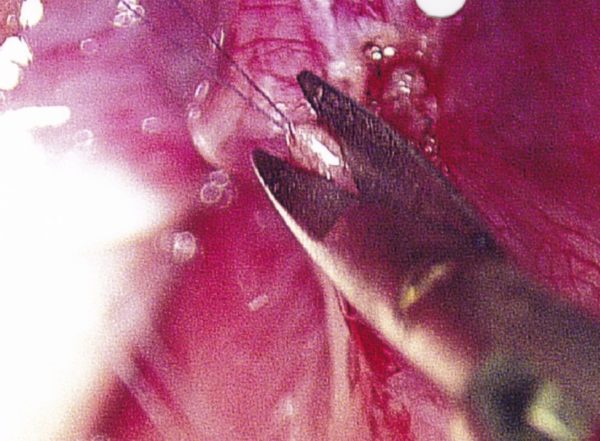

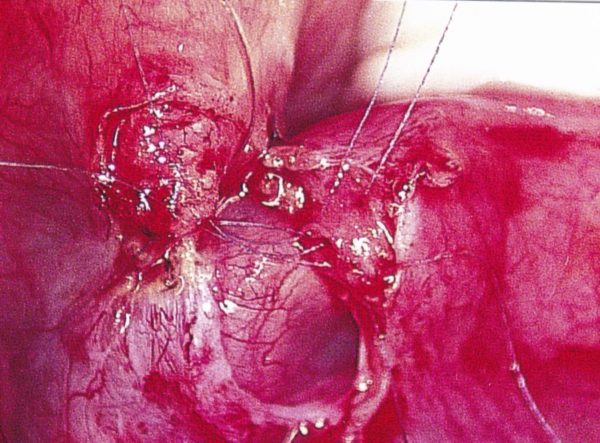

6. Local anesthesia is placed on the tubes and in the abdominal incision. The anesthesia team is extremely focused and highly trained in outpatient surgery which usually allows for patient discharge within two hours post-surgery.
Because of the sophistication of our surgical techniques, many of our out of town patients ask if they can leave the Sarasota area the same day of surgery. Although there has never been a serious complication, departure from the city is not advised. It is wise to remain near your surgeon for one or two days in case follow-up is required. If you insist in driving a long distance, please do stop every 30 minutes to walk around to prevent a possible blood clot.
In the very rare event of a complication, all out- of-town patients should have an established relationship with an Ob/Gyn specialist. Our program has enjoyed tubal patency rates of over 90%, pregnancy rates over 70%, while having a rate of ectopic or tubal pregnancies less than 2%. In the past, the only surgery related complication for patients has been a rare incision infection. These incision infections usually respond to oral antibiotics but sometimes the outer part of the incision has to be opened and allowed to heal slowly with dressing changes.

Your Next Step:
Get your consultation time
by clicking the button below
or by calling 941-342-1568.
© COPYRIGHT 2011-2025 Fertility Center and Applied Genetics of Florida. All Rights Reserved